| Plant Habit: | Herb/Forb |
| Life cycle: | Perennial |
| Sun Requirements: | Full Sun to Partial Shade |
| Water Preferences: | Mesic Dry Mesic Dry |
| Plant Height: | 12 - 24 inches |
| Plant Spread: | 12 - 18 inches |
| Fruiting Time: | Summer |
| Flowers: | Showy |
| Flower Color: | Blue |
| Bloom Size: | Under 1" |
| Flower Time: | Late spring or early summer |
| Underground structures: | Taproot |
| Dynamic Accumulator: | Nitrogen fixer P (Phosphorus) |
| Toxicity: | Other: All parts of the plant are toxic, especially the seeds |
| Propagation: Seeds: | Stratify seeds: Place seeds in moist baggy in refrigerator for two months, or winter sow. Scarify seeds: Rub seeds with sandpaper to break through outer skin of seed. Suitable for wintersowing Other info: Transplant with care. Do not break taproot. |
| Pollinators: | Bees |
| Miscellaneous: | Tolerates poor soil |
Victory Seed Company sells seeds of Sundial Lupine (Lupinus perennis).

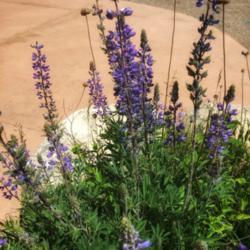
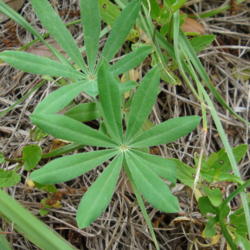

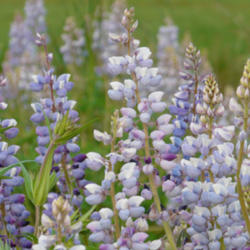
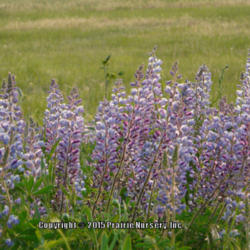
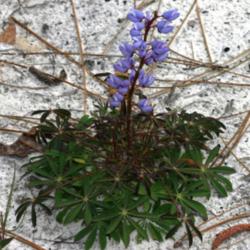
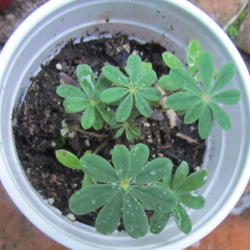
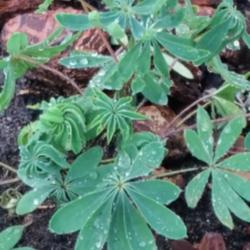
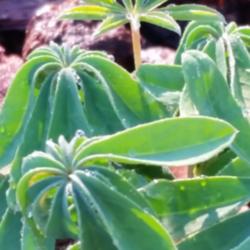

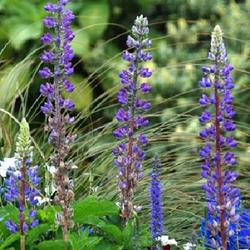
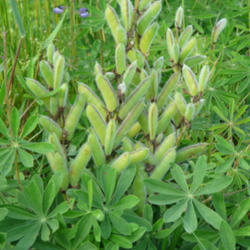
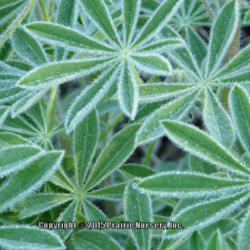
| aspenhill | On April 23, 2014 | Obtained plant North Creek Nursery - qty 6 |
| Catmint20906 | On May 14, 2016 | Bloomed |